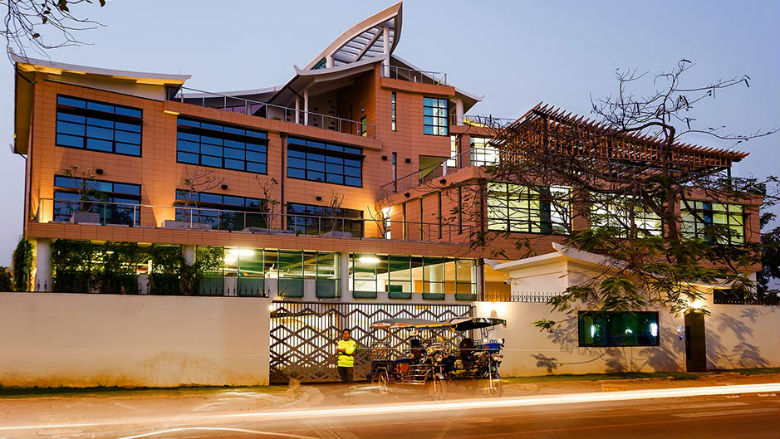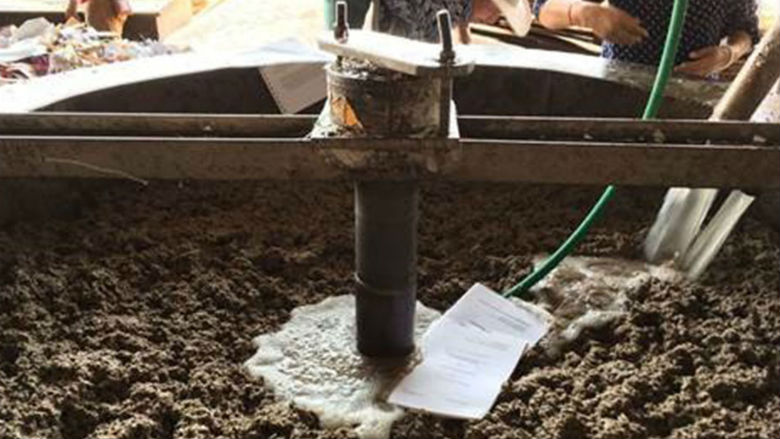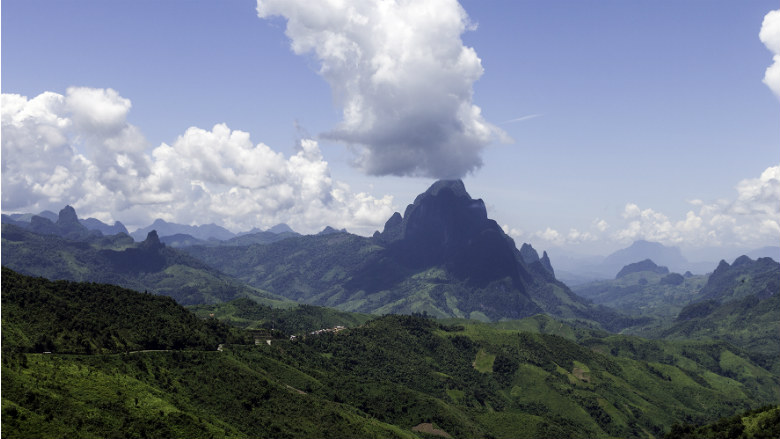Vientiane, Lao PDR – The best way to lead is by example. The World Bank Group in Lao PDR has taken this to heart by leading green initiatives literally from the ground up.
When the Bank Group’s Vientiane office was preparing to find a new location, staff saw an opportunity. The plan was to move to a new building overlooking the Mekong river, to be constructed on land leased for 99 years from the government of Lao PDR.
The process began quietly some eight years ago, said local staff member “Lucky” Oudom.
“We started looking for a piece of land and considered many options. In 2014, we found the perfect place and started to work,” said Oudom, who worked with the building team to ensure that the plans were approved by the government. Building materials were selected that would serve the needs of staff but also remain attuned to traditional Lao styles. When possible, materials were sourced locally, for instance the wood used for decorative elements was locally sourced from Forest Stewardship Council certified sustainably harvested forests.
Lao PDR is at a critical crossroads to consider going green. Forest cover in this landlocked Southeast Asian nation has fallen from 70% in 1940 to around 40% in 2010, and forest quality has been largely degraded. GDP growth has been averaging nearly 8% per year for the past decade, and nearly one third is driven by the development of natural resources. Rapid development has often led to negative environmental impacts.
The office, which co-locates the World Bank and the International Finance Corporation (IFC), includes solar panels on the roof and a sewage treatment plant. Rainwater is collected for gardening and an abundance of windows lets in natural light, reducing the need for overhead electric lights. Trash is separated–a practice that’s not yet common in the country. When the office moved, over 2,800 kilograms of paper were sent for recycling.



